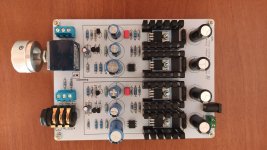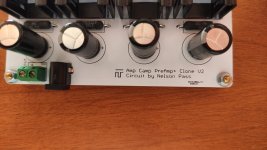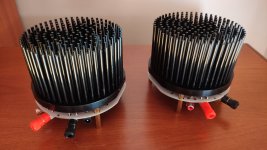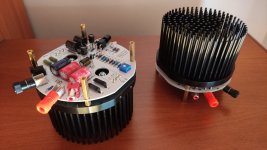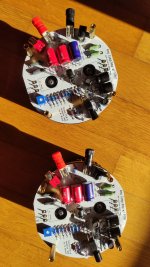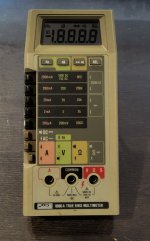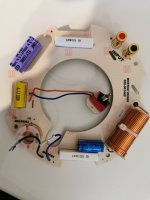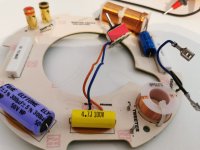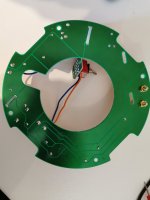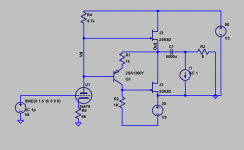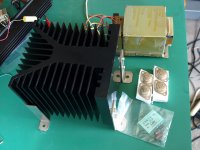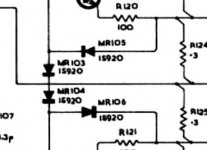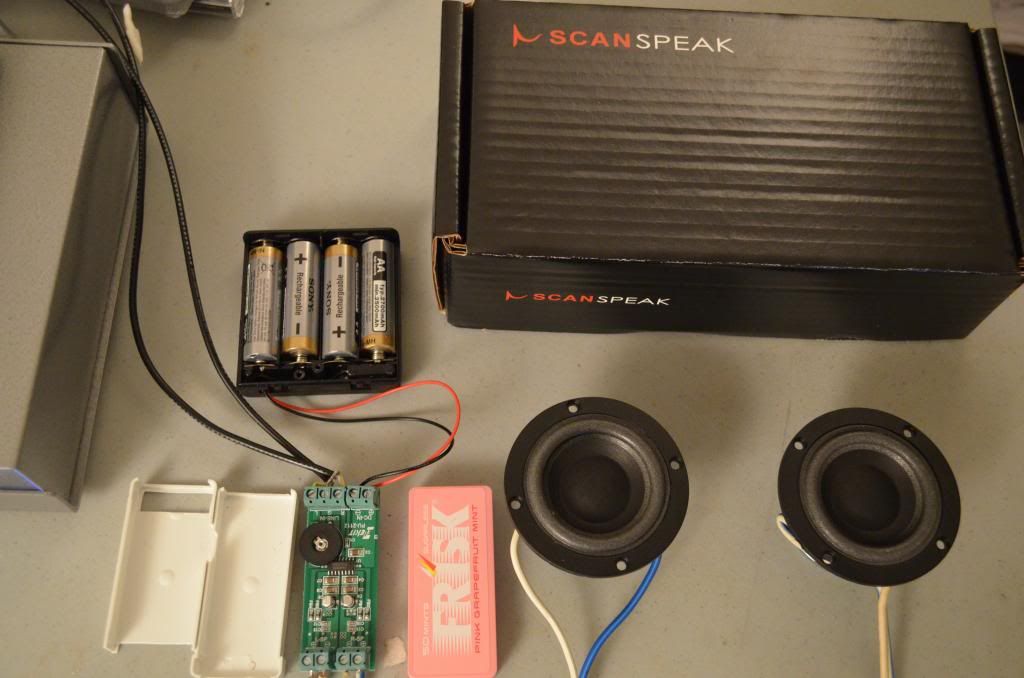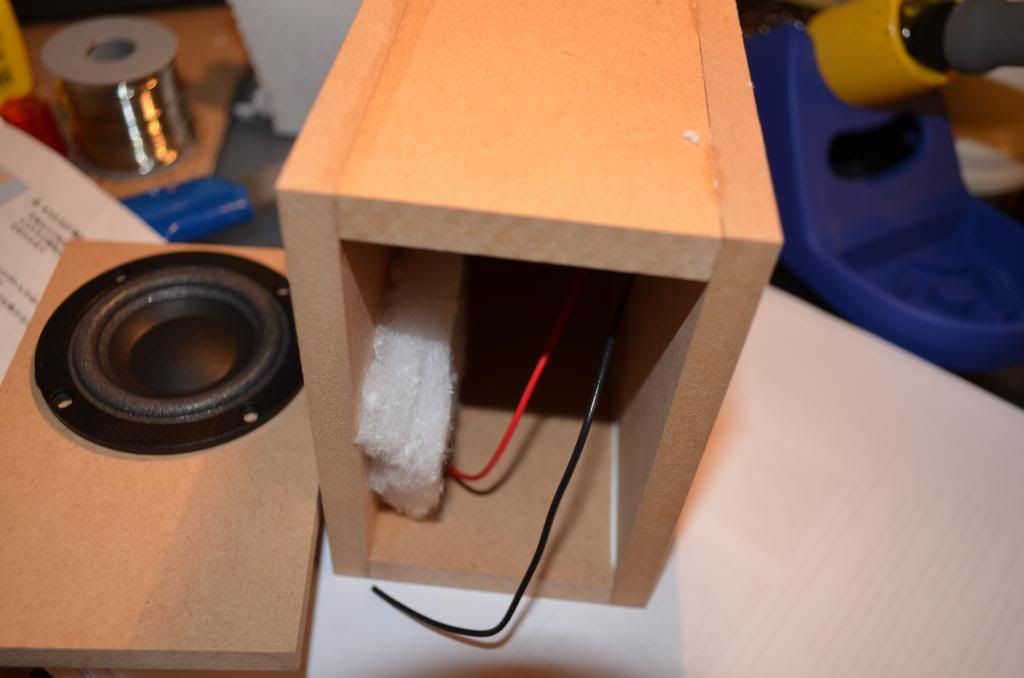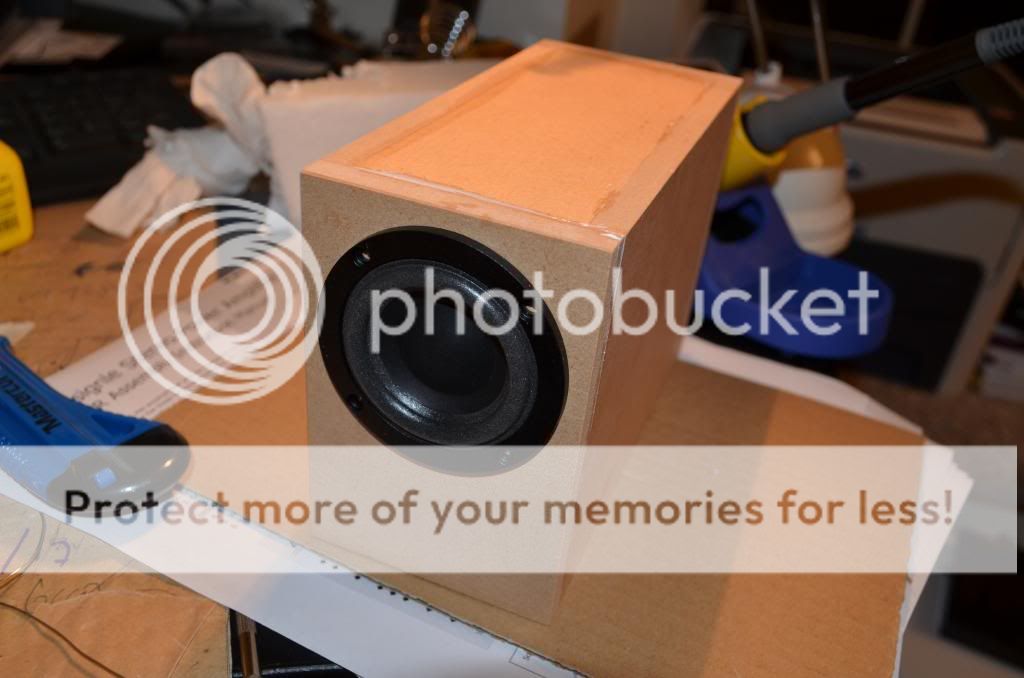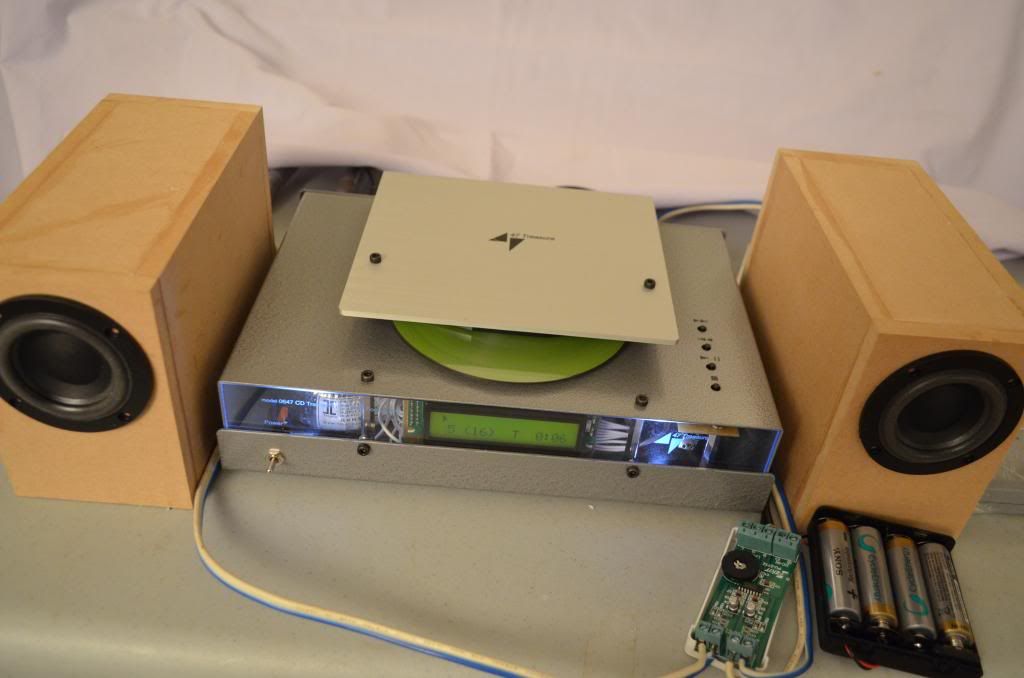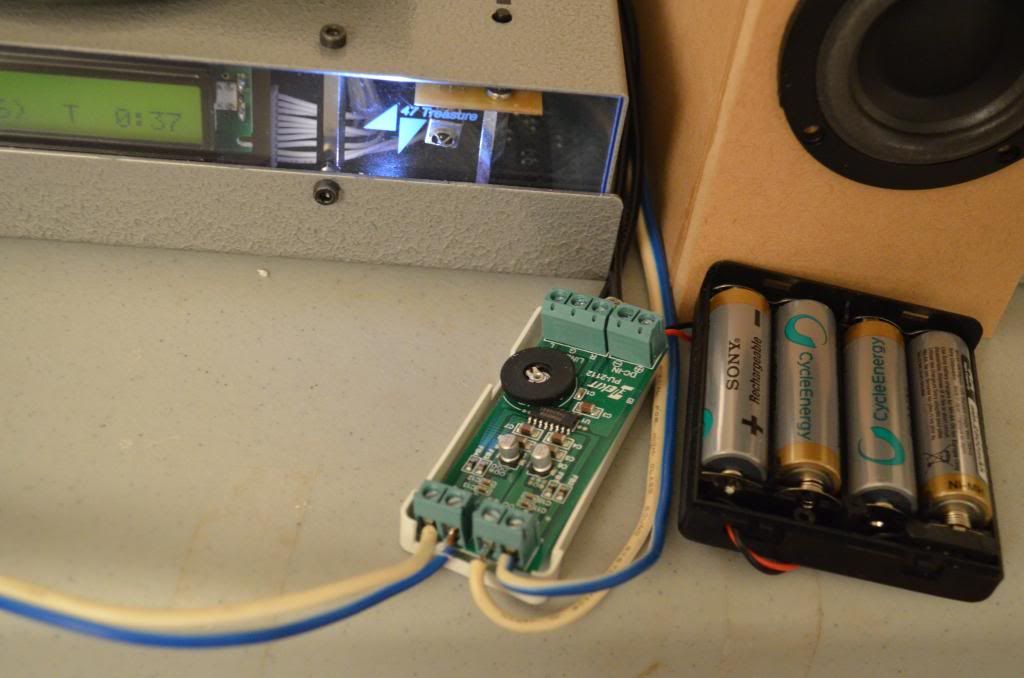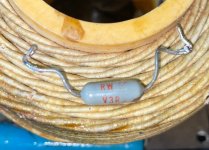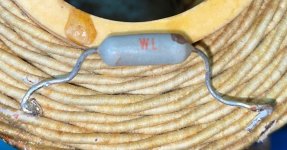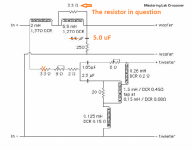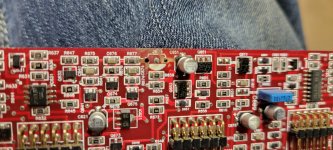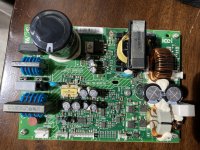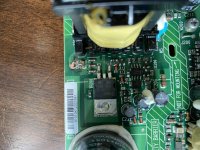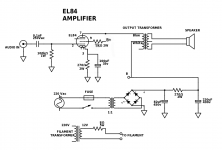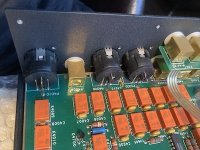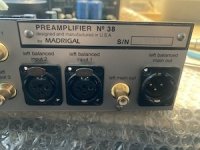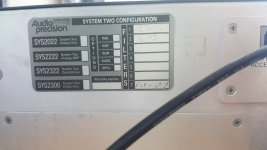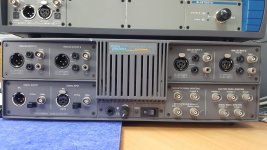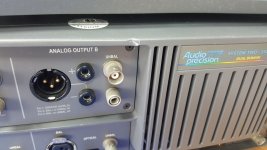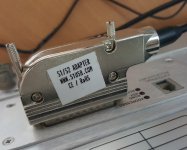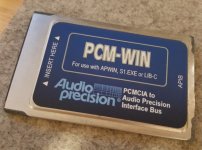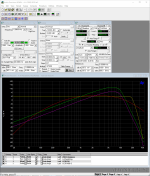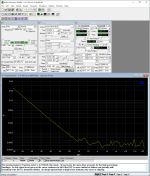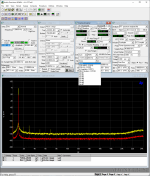Hi! Thought i'd share my notes as I go through available reliable chips for chipamps.
I'm looking into making several amplifiers from popular designs, adapted to current realities. Many popular chips are discontinued and suffer from fakes, so I wanted to summarize my experience and search as I go through the state of affairs in 2022 (almost 23). This list is being updated. My current interest is in application to class A or AB, class D is excluded from this list. My next project targets a headphone amplifier or follower, but this list is not primarliy targeted nor limited to headphones.
Although an engineer (software), I have no experience in circuits outside of small projects, and am very grateful for feedback from those more knowledgeable. My personal goals are broadly guided by a desire for small amount of parts, possibility for reusing / recycling and best bang for the buck. The core principles behind my approach rest on the scientific method, so I aim to base my statements on replicable objective research and/or authoritative sources such as manufacturer information.
TDA 2030 / TDA2030 . 14 W hi-fi audio amplifier. Obsolete, according to ST as well as all suppliers for original manufacturer.
Discontinued by original manufacturer. Multiple fakes on Asian online marketplaces. Several published articles, including discussion on this forum, about marks of recycled chips (clipped & resoldered legs/leads), remarkings, etc. A somewhat reputable Taiwanese manufacturer is UTC, such as sold by Reichelt / Germany. I do have my suspicions about how exactly reputable UTC is, because their website UniSonic Technologies/UTC, when checked on Dec 1 2022, has an active bottom signature copyright date of 2011 and no HTTPS certificate, which does make me wonder if any care is given to the reputation of the company.
Alternative:
Possible replacement, with caveats and multiple opinions, is the NTE1380. Careful analysis of the specs for the specific replacement chip is warranted, as voltages as well as pin-outs may vary.
I would presume that someone getting the cheap kits or 10 for $3 chip bundles should be ready for the standard precautions and monetary and time expenses (referred further to as
SP&E) before they use the Asian-sourced chips, with estimated expenses in the $30(50) to $100 range:
- Getting a reliable multimeter for testing,
- Making a test rig for the IC
- Getting an electronic component tester
- Insuring a DC protection circuit is used to protect speakers / headphones
- Getting at least 10 IC components and thoroughly testing them, including overload, to make sure at least some resemblance of adherence to spec is maintained.
LM3875 - Discontinued
Fakes abound. Same SP&E. Replaced by LM3886, that has two additional signals,
mute function and a virtual
ground pin, that have to be dealt with if substituting. Some would say penultimately popular gainclone chip?
Active as of Dec 1 2022
- LM3886 ( Texas Instruments (TI) ). 1 Ch, 20-94V supply stereo Class-AB amplifier. Highly regarded by many in the diy community.
- LM317 and varieties (TI).
- LM383T (TI) 7W Audio Power Amplifier 5-to-20V (TI)
- LM1875 (TI) 20-W Audio Power Amplifier.
- TDA7297 (ST). 15 W + 15 W dual bridge amplifier, designed for TV and Portable Radio applications. Highly regarded by many in the diy community.
- TDA7294 (ST) monolithic integrated circuit in Multiwatt15 package, intended for use as audio class AB amplifier in Hi-Fi field applications (Home Stereo, self powered loudspeakers, Topclass TV).
To be continued
Quick question, to confirm my reading of the rules- is posting links to manufacturer and spec sheets allowed?


